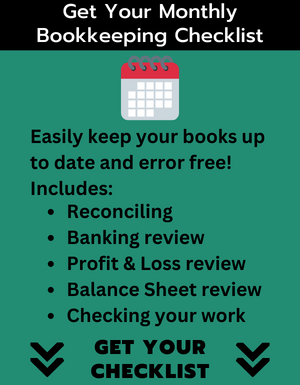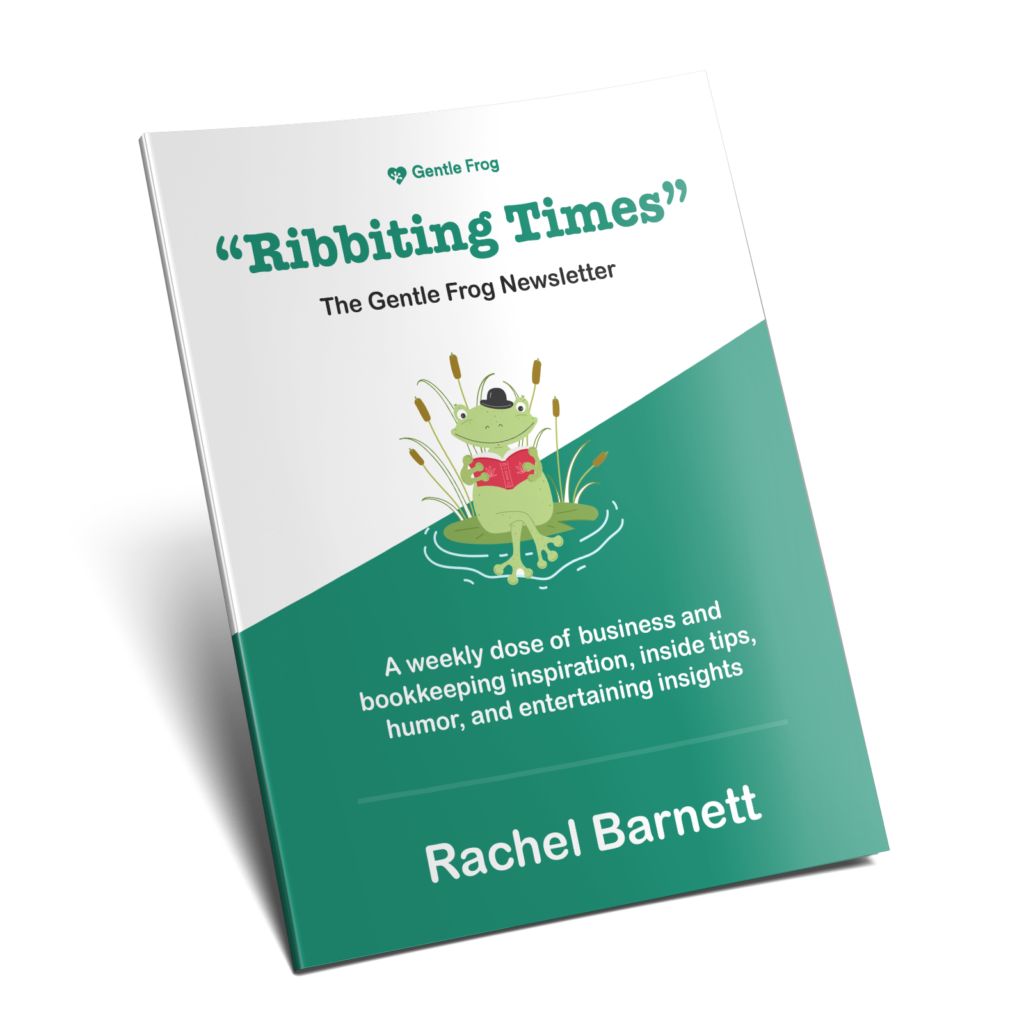As a bookkeeping professional, increasing your rates is an inevitable part of running a profitable and sustainable business.
However, many bookkeepers struggle with how to approach price adjustments without losing clients or feeling uncomfortable about asking for more money.
If you’ve been wondering how to raise bookkeeping rates, this guide will walk you through everything you need to know. From when to increase pricing to how to communicate it effectively.
By the end, you’ll feel confident in adjusting your rates while maintaining strong client relationships.
Why Bookkeepers Need to Raise Their Rates
Raising rates is not about being greedy—it’s about keeping your business financially viable while ensuring you’re paid fairly for your expertise. Here are some common reasons you may need to increase your bookkeeping rates:
1. Rising Business Costs
Every year, the cost of doing business increases. QuickBooks subscriptions, payroll services, web hosting, and professional development expenses add up. If you’re not adjusting your rates periodically, you’re essentially making less money over time.
2. Increased Scope of Work
As client relationships evolve, their needs often grow. What started as simple bookkeeping may expand to include payroll processing, accounts receivable management, or financial reporting. If you’ve found yourself doing more than what was initially agreed upon, it’s time to reassess your pricing.
3. Market Trends & Industry Standards
Bookkeeping rates should reflect your experience, skill set, and industry norms. You may be undervaluing yourself if competitors charge significantly more for similar services. Periodically research average bookkeeping rates in your region and niche to ensure you’re staying competitive.
4. Business Growth & Expertise
Your value as a bookkeeper increases as you gain experience, earn certifications, and streamline your processes. The services you offered at the beginning of your career may not be the same as what you provide today. If your skills have grown, your pricing should reflect that.
Note: Avoiding large, sudden increases.
Regular, incremental rate adjustments are easier for clients to accept than a large price hike every few years. Raising your rates slightly yearly ensures you keep up with inflation and industry trends without shocking your clients.
When to Raise Your Bookkeeping Rates
If you’re unsure when to implement a rate increase, consider these common timing strategies:
1. Annual Price Adjustments
Annual, scheduled increases are among the most effective ways to raise bookkeeping rates. Many bookkeepers adjust rates at the beginning of the year to align with business planning and new budgets.
Example:
📌 You raise rates by $25/month each year instead of waiting three years and implementing a $75/month increase all at once.
2. Adjusting Rates Per Client Anniversary
Instead of raising rates for all clients at once, you can increase them on their anniversary of signing up with you. This approach allows you to gradually implement pricing changes over time.
3. Adjusting Rates When Scope Changes
If a client’s needs expand beyond the original agreement, you should increase their rate immediately rather than waiting for an annual review.
Example:
📌 If a client originally hired you for monthly reconciliations but later added payroll processing and invoicing, their pricing should reflect the additional workload.
How to Raise Bookkeeping Rates Without Losing Clients
Raising rates can feel intimidating, but it doesn’t have to be. The key is clear communication, confidence, and preparation. Here’s a step-by-step approach to successfully raising your rates:
1. Give Clients Advance Notice
Clients should never be caught off guard by a price increase. A 45- to 60-day notice is standard, giving them time to adjust.
Example Email:
Subject: Upcoming Update to Your Bookkeeping Services
Hi [Client’s Name],
I appreciate working with you and want to thank you for your trust in my bookkeeping services. As my business grows, I continue to invest in training and technology to provide the best support possible.
Starting [Effective Date], your new monthly rate will be [$New Rate], reflecting the additional services provided and ongoing costs. If you were to sign up as a new client today, this service would be [$Higher Rate], so you’re still receiving legacy pricing.
If you have any questions or want to discuss adjustments, I’d be happy to schedule a call. I look forward to continuing our partnership!
Best,
[Your Name]
2. Keep It Simple & Confident
A common mistake bookkeepers make is over-explaining and justifying their price increases. The more you apologize or explain, the more it sounds like a negotiation. Be direct and confident in your wording.
3. Show the Value of Your Services
Clients may be more receptive to price increases if they understand why the change is happening. Focus on the value you provide rather than just the cost.
Instead of:
🚫 “I’m increasing my rates because I need to make more money.”
Say:
✅ “This increase reflects the additional expertise, software, and resources I use to provide top-tier bookkeeping support.”
4. Offer a Transition Option for Hesitant Clients
If a client is hesitant about a price increase, consider offering a scaled-down package instead of negotiating your rates down.
Example Response:
📌 “I understand budget concerns. I’d be happy to discuss a modified package if you’d like to adjust your services to stay within budget.”
How to Handle Pushback on Price Increases
Even with the best communication, some clients may push back. Here’s how to handle common objections:
1. “I Can’t Afford This Increase”
Offer a smaller package or remind them of the value you provide.
Example Response:
📌 “I completely understand. I’d be happy to discuss adjustments if you’d like to modify your services to stay within budget.”
2. “Why Are You Raising Prices?”
Remind them of business costs and industry trends.
Example Response:
📌 “Like any business, I periodically review pricing to keep up with rising costs and ensure I provide the best service possible.”
3. “I’ll Have to Find Another Bookkeeper”
If a client insists on leaving, let them go. Underpriced clients take up valuable space that could be filled with higher-paying, appreciative clients.
Example Response:
📌 “I completely understand. If you decide to transition to another bookkeeper, I’ll ensure a smooth handoff.”
Pro Tips for Raising Bookkeeping Rates Smoothly
- Include Rate Adjustments in Your Agreement – Have a clause stating that prices may be reviewed annually.
- Charge New Clients More – Each new client should pay a slightly higher rate than the last.
- Time Increases with Client Anniversaries – Spread out increases instead of raising rates all at once.
- Practice Saying Your Rates Confidently – Stand in front of a mirror and say, “The rate for this service is [$XXX].” No hesitation, no question marks!
Final Thoughts
If you’ve been struggling with how to raise bookkeeping rates, remember that small, gradual increases are easier for clients to accept. The key is clear communication, confidence, and demonstrating value.
Most importantly, remember that your work is valuable. You deserve to be paid fairly for your expertise.
Are you planning a rate increase and wan to talk through it? You can schedule a one-on-one meeting with me and we can talk through it over Zoom.





